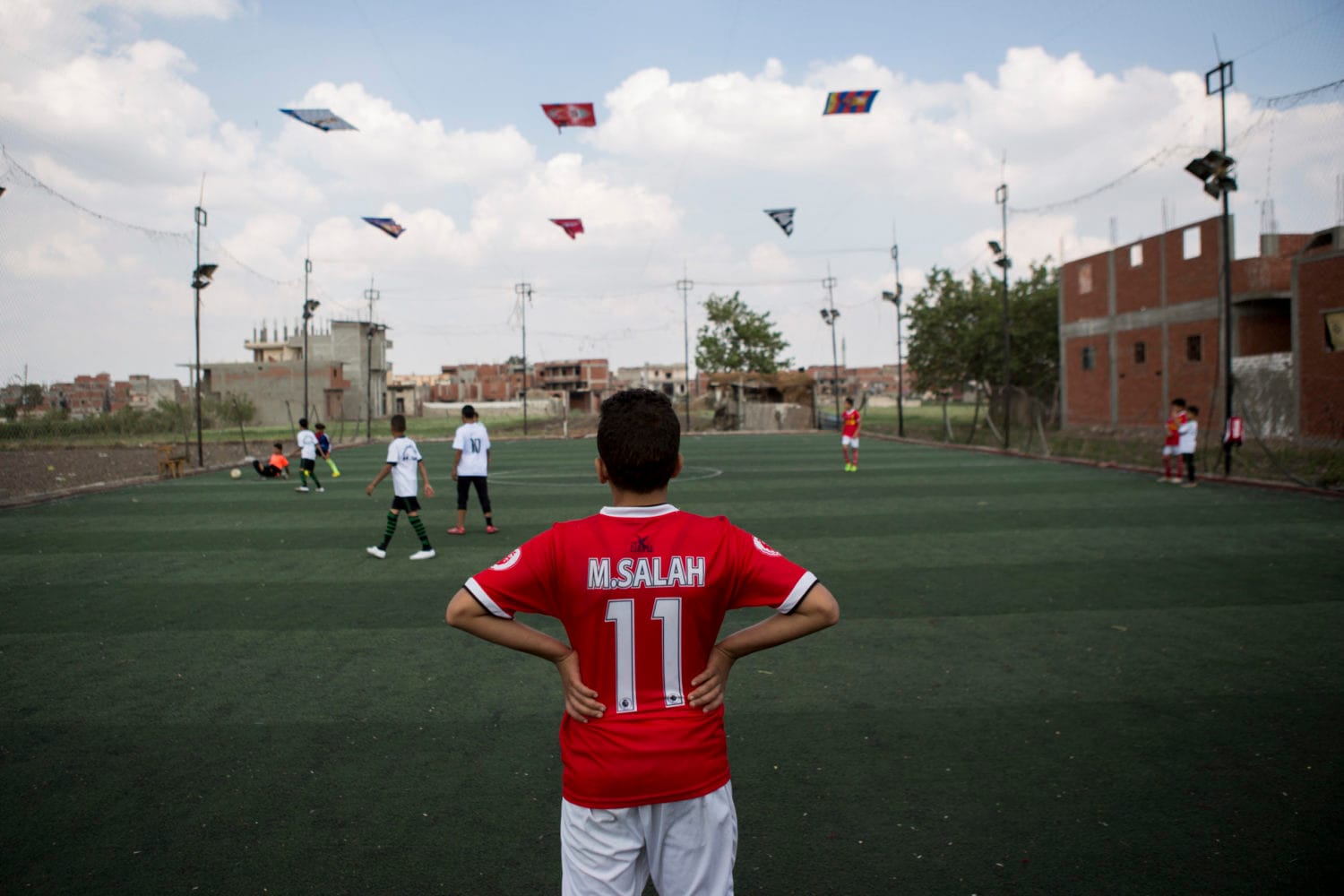National Football Masculinities and the Game in Egypt
As football fans around the world tune in to the World Cup in Qatar, President Abd al-Fattah al-Sisi’s regime is rather turning its back on the game, which used to constitute a centerpiece of Egyptian nation building. Based on research conducted for his book, Egypt’s Football Revolution: Emotion, ma











